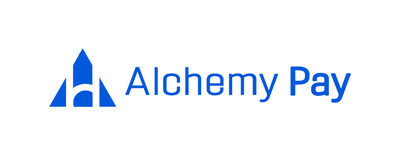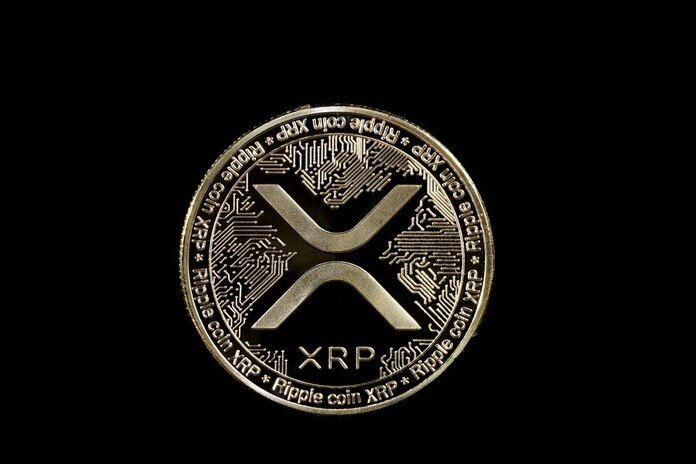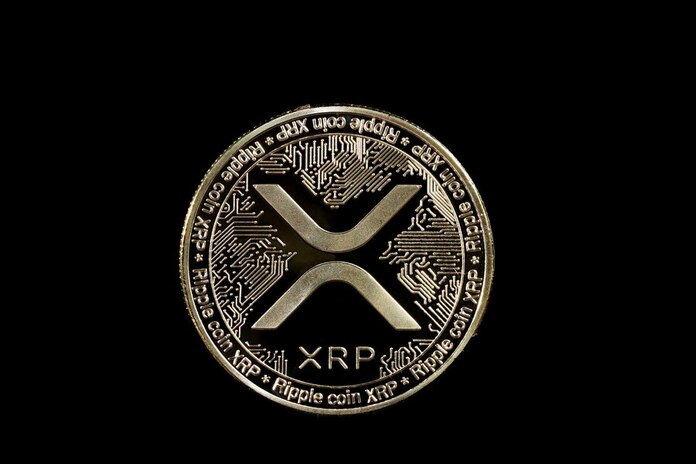Alchemy Pay Unveils Strategic Roadmap for 2025, Positioning as Global Financial Hub with RWA Integration and its Alchemy Chain
SINGAPORE, April 11, 2025 /PRNewswire/ — Alchemy Pay, the world-leading fiat-crypto payment solution provider, has revealed its strategic roadmap for 2025. The comprehensive plan outlines the company’s transformation from a crypto payment gateway into a global financial hub—built on regulatory-first expansion on its ramp business, integration of Real World Assets (RWAs) products, launch its Alchemy Chain for building stablecoin ecosystem, and emerging AI-powered crypto payment.
As digital asset adoption accelerates and global regulatory frameworks mature, Alchemy Pay is positioned to capitalize on favorable market conditions and institutional demand on top of its achievements in 2024. The newly published roadmap reflects a pragmatic yet visionary path forward, signaling the company’s commitment to delivering scalable, compliant, and accessible crypto-financial services worldwide.
Regulatory-First Growth on Ramp: Korea, Australia, and Beyond
Alchemy Pay’s fiat-crypto ramp service currently supports over 50 fiat currencies and 100+ mainstream cryptocurrencies, serving 3 million users across 173 countries and regions. With foundational licenses secured—including Electronic Financial Business Registration in South Korea and Digital Currency Exchange Provider (DCEP) registration in Australia—the company is preparing for an aggressive expansion in both markets throughout 2025.
These developments position Alchemy Pay as one of the few platforms with end-to-end fiat-crypto payment capabilities under robust regulatory frameworks. The upcoming deep collaborations with leading centralized exchanges are expected to deliver region-specific, compliant ramp solutions and further solidify Alchemy Pay’s leadership in high-growth markets.
Simultaneously, the company will continue building strategic alliances with prominent wallets, public chains, and decentralized exchanges (DEXs) to embed fiat-crypto services into mainstream crypto user flows.
From Payment Gateway to RWA-Enabled Global Financial Hub
Alchemy Pay is further evolving into a broader financial services platform by integrating tokenized real-world assets into its ecosystem. From U.S. Treasury bonds to publicly traded equities, RWAs are becoming the next frontier of decentralized finance. The company is actively forming strategic partnerships with top-tier RWA providers to make such assets accessible to a wider user base through regulated and compliant channels.
The goal is to bridge traditional finance and crypto economies, offering users access to both worlds from a unified portal. The support of RWA is architecting a more inclusive financial gateway that enables global participation in qualified RWA investments, positioning Alchemy Pay not merely as a payment platform but as a cornerstone of the emerging digital financial architecture—a transformation that promises to capture exponential market growth as this revolution unfolds. This shift positions Alchemy Pay as a key player in democratizing investment opportunities while maintaining the highest standards in regulatory compliance and security.
Alchemy Chain as a Global Stablecoin Ecosystem
Stablecoins are playing an increasingly critical role in global finance, and Alchemy Pay is building the infrastructure to match. In 2025, Alchemy Chain will evolve into a public blockchain purpose-built around global and local stablecoins transactions and payments. This ecosystem will enable seamless cross-border value transfer and unify fragmented stablecoin markets under a single, interoperable framework.
By aggregating the liquidity of leading stablecoins such as USDT and USDC across blockchain networks and enabling efficient conversion to local stablecoins and fiat currencies, Alchemy Chain aims to create a globally scalable infrastructure for real-time, low-cost financial transactions.
A key goal in compliance in 2025 will include the acquisition of both digital currency and cross-border remittance licenses under a unified Australian regulatory framework, making Alchemy Pay the only provider in the region with dual licensing for stablecoin-powered remittance services. Alchemy Pay’s extensive global payment network and licensing momentum provide a strong foundation for Alchemy Chain’s growth, while the native $ACH token will continue to serve as the network’s gas fee token, reinforcing its utility across the ecosystem.
As stablecoins increasingly become the trendiest direction of global finance in 2025, Alchemy Chain stands ready to orchestrate their harmonious integration into a new financial paradigm, one where value flows as freely as information in the digital age. More technical details on its development are scheduled for unveiling in April 2025.
Toward AI-Powered Payments
Alchemy Pay is also preparing for the next evolution in intelligent commerce. As AI agents grow in sophistication, the ability to independently execute financial transactions becomes essential. The company is actively developing an AI-native payment infrastructure that allows intelligent agents to carry out user-initiated payments and transactions seamlessly.
This initiative represents a forward-looking investment in the convergence of AI and financial technology, with the aim of establishing Alchemy Pay as a foundational payment layer for the emerging AI agent economy.
Looking Ahead
The 2025 roadmap underscores Alchemy Pay’s long-term strategy to reshape global finance by enabling compliant, user-centric, and intelligent access to digital and traditional financial assets. As the company transitions from a fiat-crypto gateway to a comprehensive financial hub, it continues to drive forward industry standards in licensing, integration, and innovation.
For more information and updates, follow Alchemy Pay on X, join the community on Telegram and Discord, or visit Alchemy Pay’s official website.
About Alchemy Pay
Founded in Singapore in 2017, Alchemy Pay is a payment gateway that seamlessly connects crypto with traditional fiat currencies for businesses, developers, and end users. With its offerings including On & Off-Ramp, Web3 Digital Bank and NFT Checkout, Alchemy Pay supports payments in 173 countries.
The Ramp is a one-stop solution to buy and sell crypto and fiat, easily integrated by platforms and dApps according to requirements. Our Web3 Digital Bank supports Web3 enterprises by providing multi-fiat accounts and instant fiat-crypto conversion capabilities. Additionally, the NFT Checkout enables direct purchases of NFTs using fiat payment methods. ACH is the Alchemy Pay network token on the Ethereum blockchain.
Website Twitter LinkedIn Medium YouTube Telegram Discord
![]() View original content to download multimedia:https://www.prnewswire.com/news-releases/alchemy-pay-unveils-strategic-roadmap-for-2025-positioning-as-global-financial-hub-with-rwa-integration-and-its-alchemy-chain-302426597.html
View original content to download multimedia:https://www.prnewswire.com/news-releases/alchemy-pay-unveils-strategic-roadmap-for-2025-positioning-as-global-financial-hub-with-rwa-integration-and-its-alchemy-chain-302426597.html
SOURCE Alchemy Pay

Featured Image: depositphotos @ yourg








